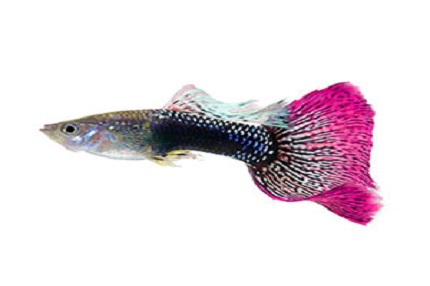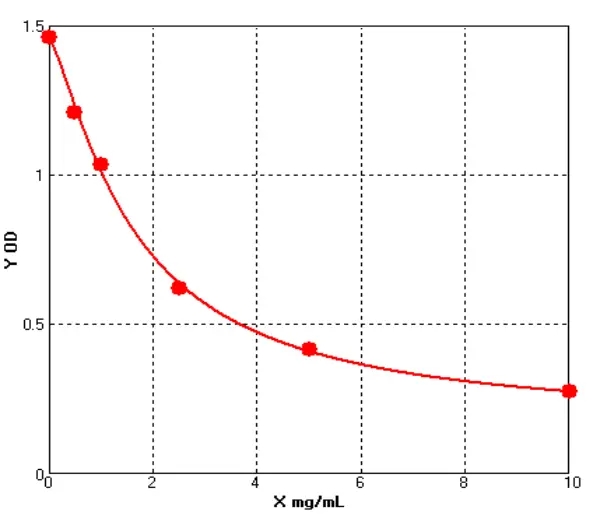Search ELISA Kits
Horse ELISA Kits Types
-
Horse High Molecular Weight Adiponectin ELISA kit (E10A0530)MANUAL
Cat. No.: E10A0530
Detection Range: 0.5-10 μg/mL
Reactivity: Horse
Sensitivity: 0.1ug/ml
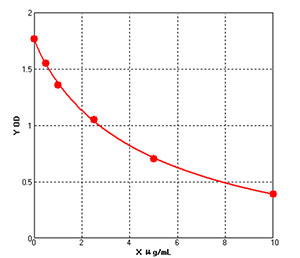
-
Horse Soluble endothelium selectin ELISA kit (E10S0252)MANUAL
Cat. No.: E10S0252
Detection Range: 0.5-10 ng/mL
Reactivity: Horse
Sensitivity: 0.1ng/ml
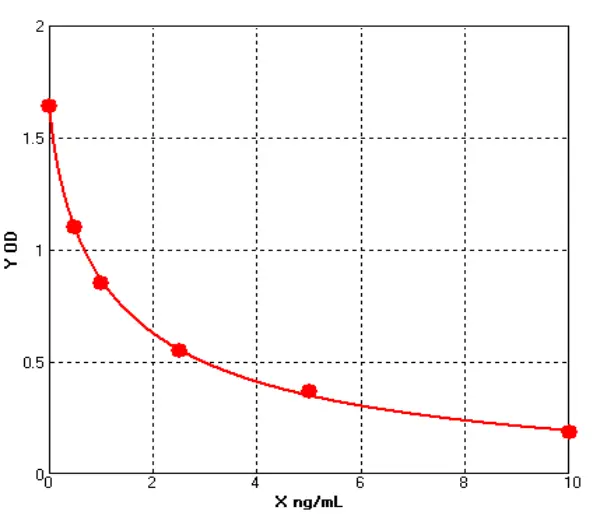
-
Horse Insulin Like Growth Factor Binding Protein 1 ELISA kit (E10I0062)MANUAL
Cat. No.: E10I0062
Detection Range: 1.0-25 ng/mL
Reactivity: Horse
Sensitivity: 0.1ng/ml
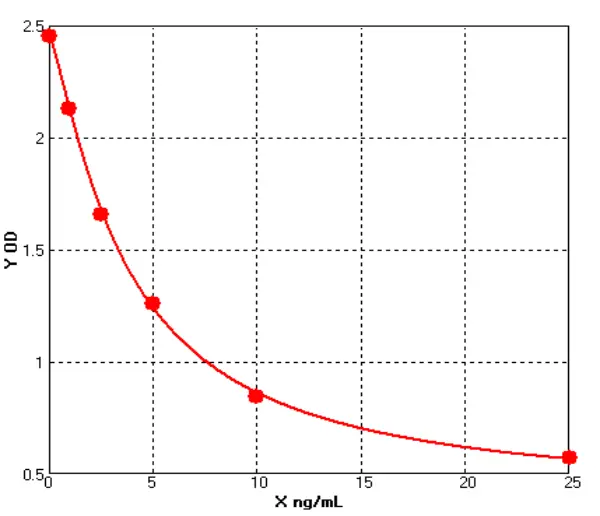
-
Horse Insulin Like Growth Factor Binding Protein 3 ELISA kit (E10I0074)MANUAL
Cat. No.: E10I0074
Detection Range: 1.0-25 ng/mL
Reactivity: Horse
Sensitivity: 0.1ng/ml
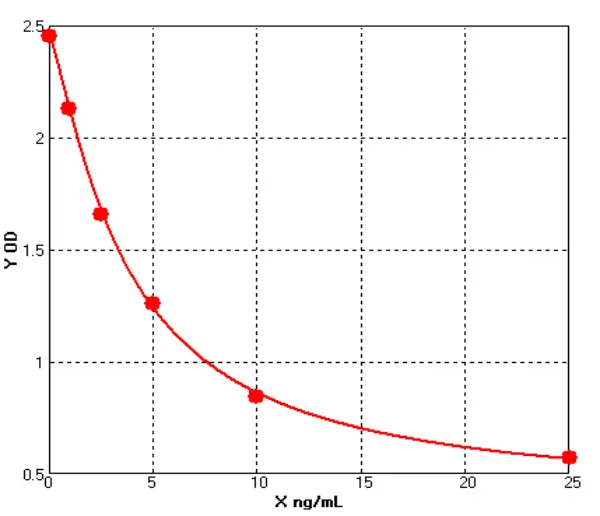
-
Horse P selectin ELISA kit (E10P0111)MANUAL
Cat. No.: E10P0111
Detection Range: 250-5000pg/ml
Reactivity: Horse
Sensitivity: 1.0pg/ml
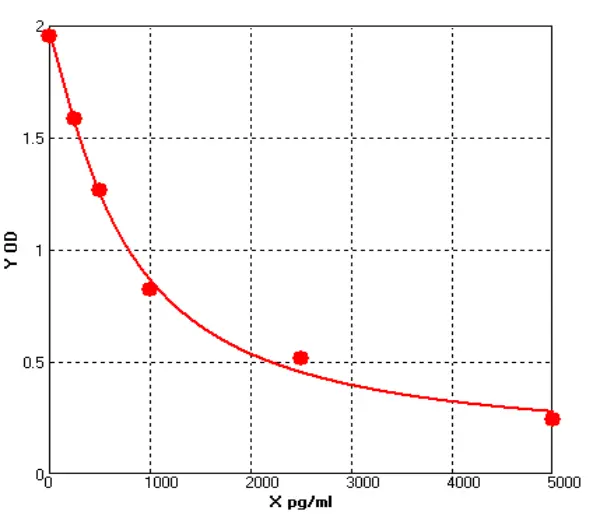
-
Horse Interleukin 6 ELISA kit (E10I0006)MANUAL
Cat. No.: E10I0006
Detection Range: 50-1000pg/ml
Reactivity: Horse
Sensitivity: 1.0pg/ml
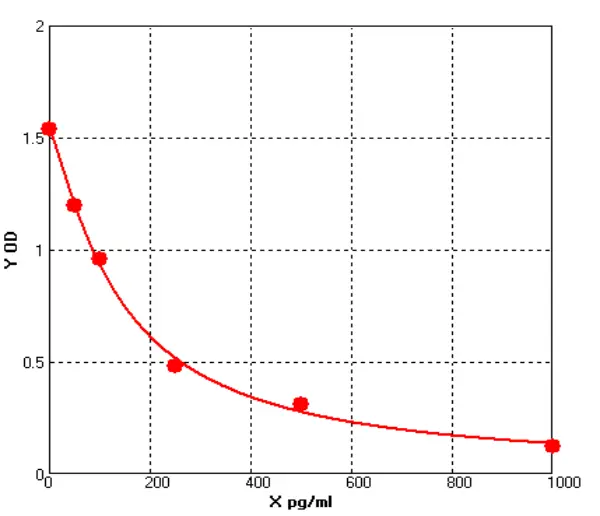
-
Horse Tumor Necrosis Factor Alpha ELISA kit (E10T0008)MANUAL
Cat. No.: E10T0008
Detection Range: 50-1000pg/ml
Reactivity: Horse
Sensitivity: 1.0pg/ml

-
Horse Interferon γ ELISA kit (E10I0345)MANUAL
Cat. No.: E10I0345
Detection Range: 50-1000pg/ml
Reactivity: Horse
Sensitivity: 1.0pg/ml

-
Horse Interleukin 4 ELISA kit (E10I0007)MANUAL
Cat. No.: E10I0007
Detection Range: 50-1000pg/ml
Reactivity: Horse
Sensitivity: 1.0pg/ml

-
Horse Interleukin 10 ELISA kit (E10I0023)MANUAL
Cat. No.: E10I0023
Detection Range: 50-1000pg/ml
Reactivity: Horse
Sensitivity: 1.0pg/ml

How to Prepare Feces Samples from Horse?
For the preparation of the feces samples, please find the steps below.
For one well, collect 300mg before homogenization. Mince the samples into small pieces and homogenized them in 500ul of PBS with a glass homogenizer on ice.
After that, the homogenates were centrifugated for 15 minutes at 1500×g (or 5000 rpm).
Collect the supernate and assay immediately or aliquot and store samples at -20°C or -80°C.
What Is the Difference between the Sensitivity and Lowest Detection Limit for Horse Elisa Kits?
Sensitivity and minimum detection limit are different concepts, the two are not equivalent.
Sensitivity is the smallest variation range of the kit to detect the difference change. This is calculated in the production process of the kit.
The lowest detection limit is measured as a high concentration of known samples, after N times dilution and calculating the CV of different dilutions until the CV exceeds the requirements of the general kit for CV, this concentration is the lowest detection limit of this kit.


